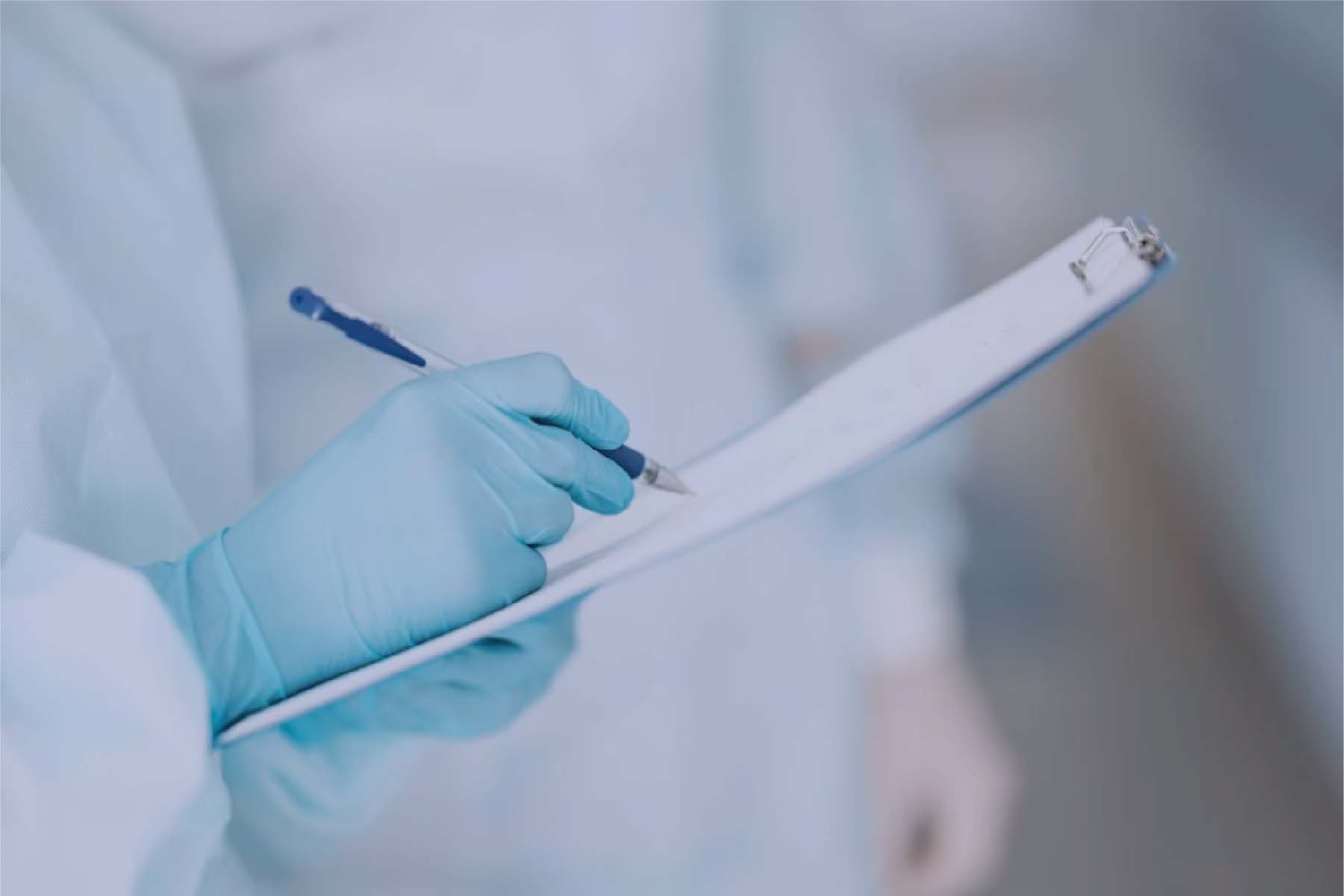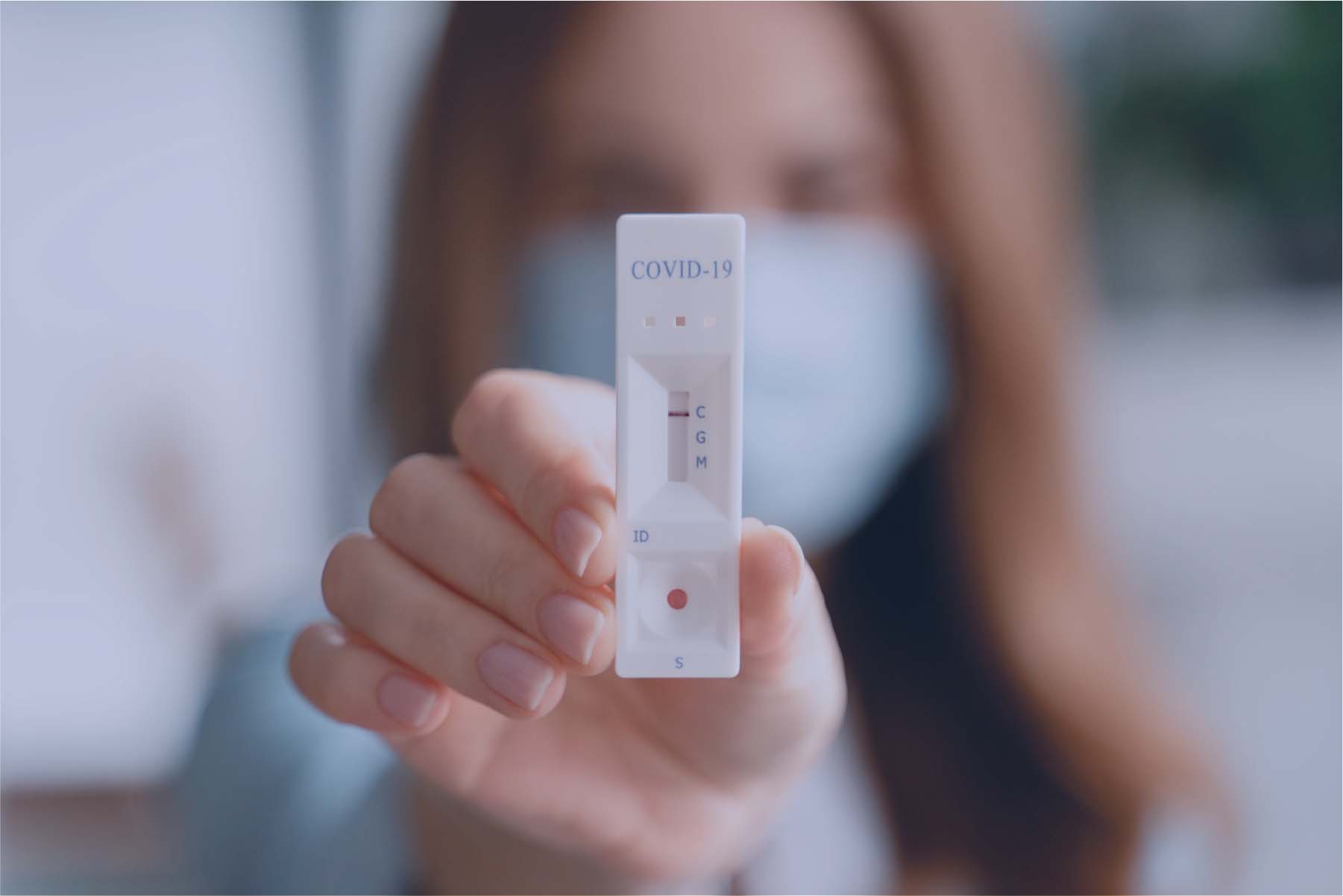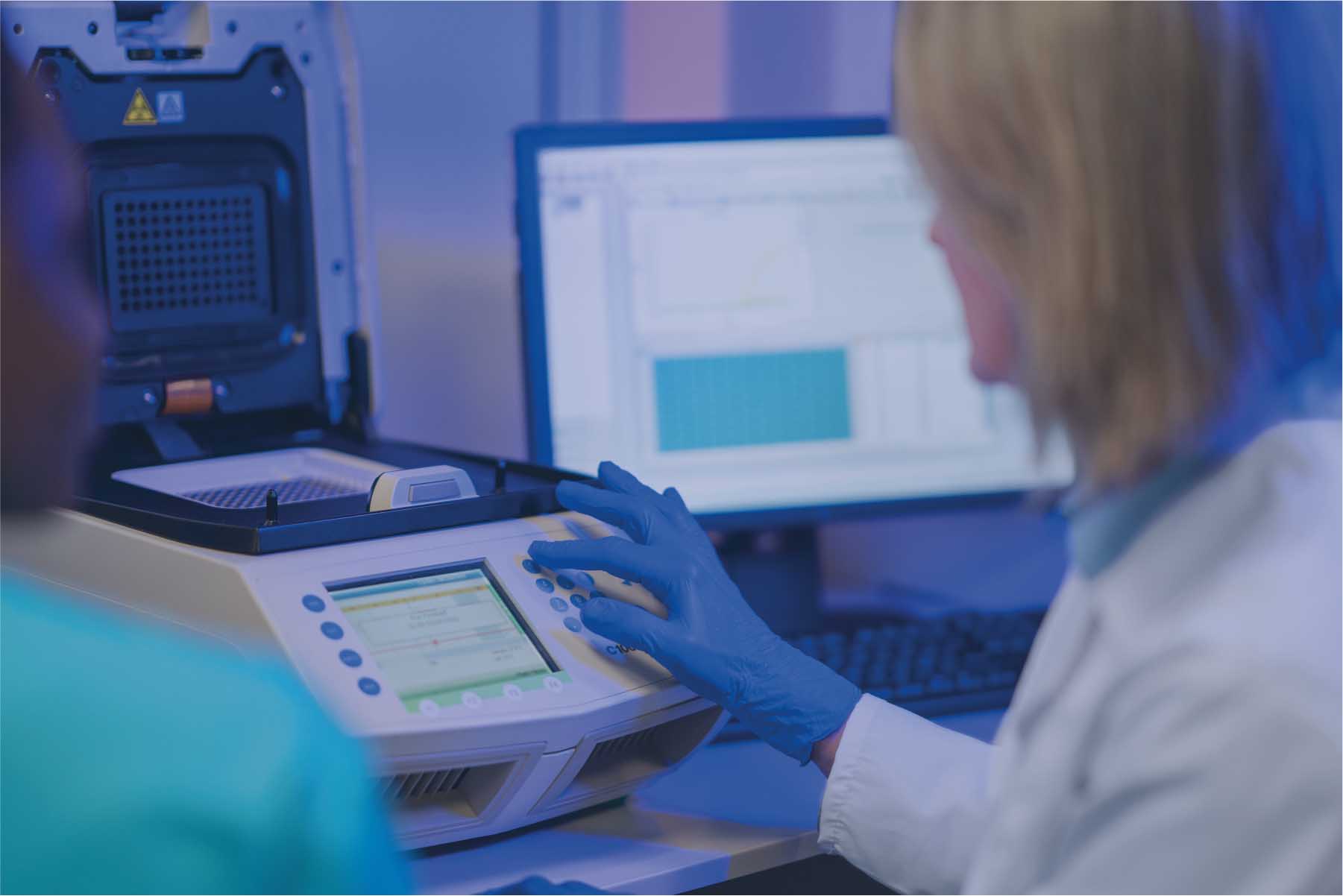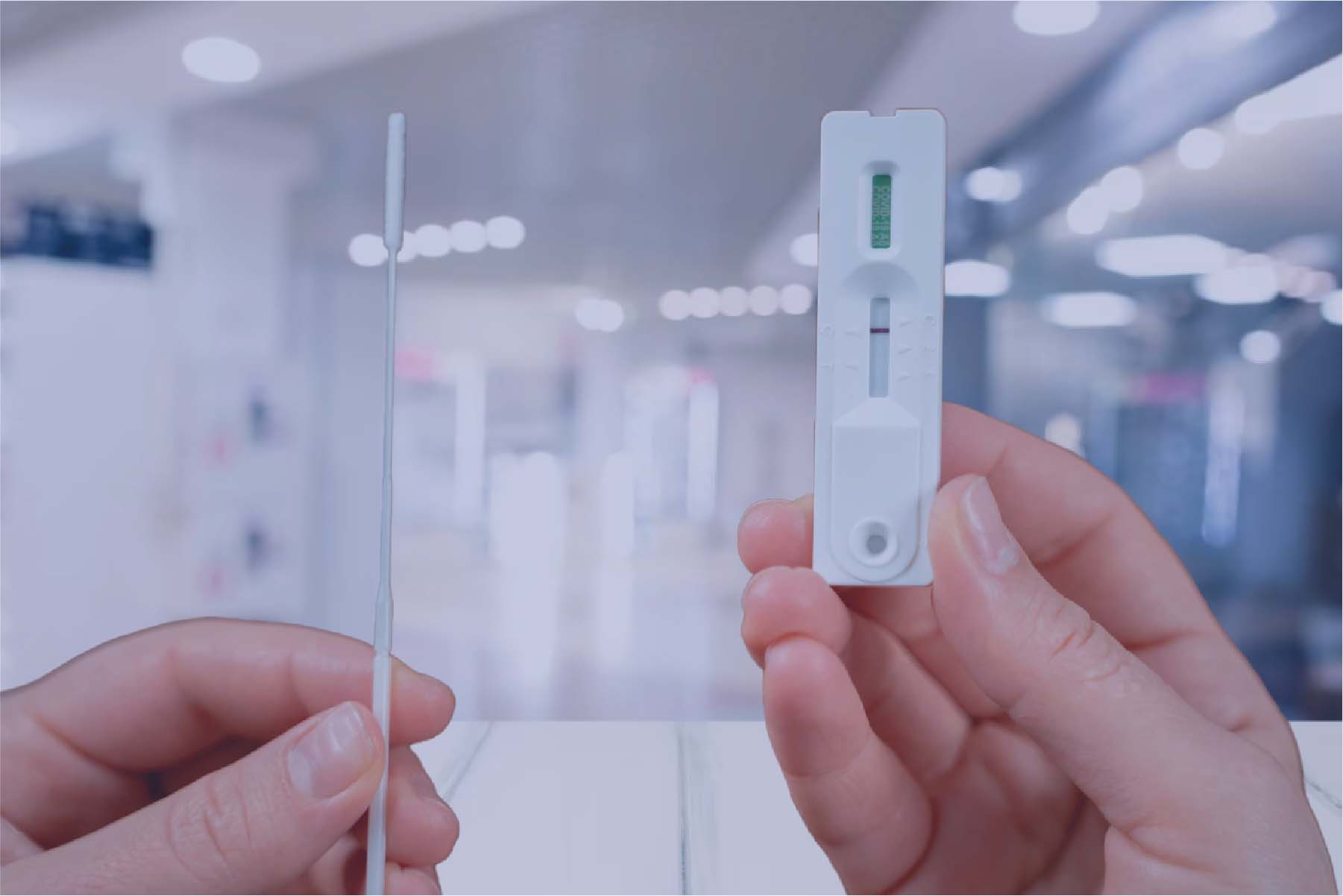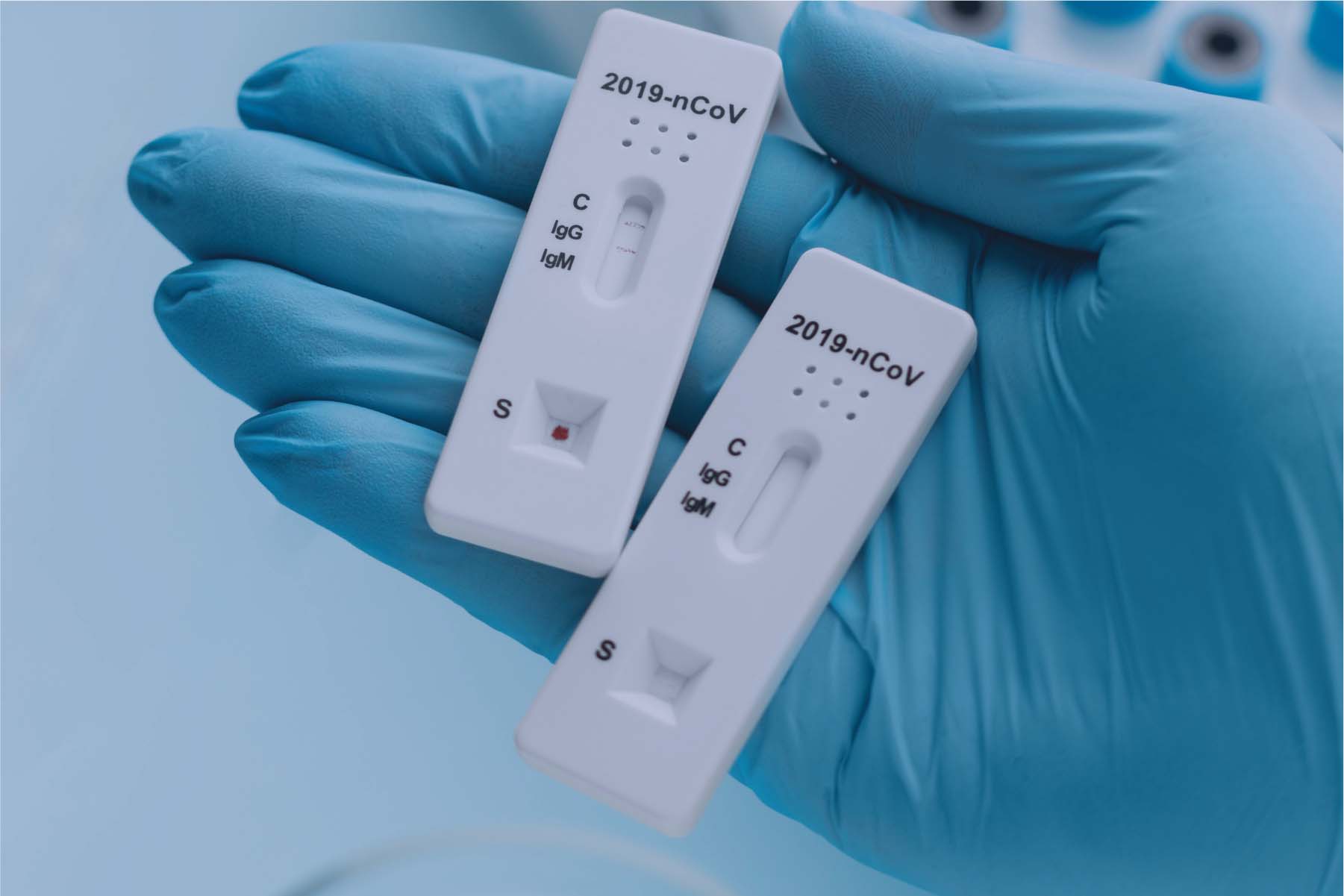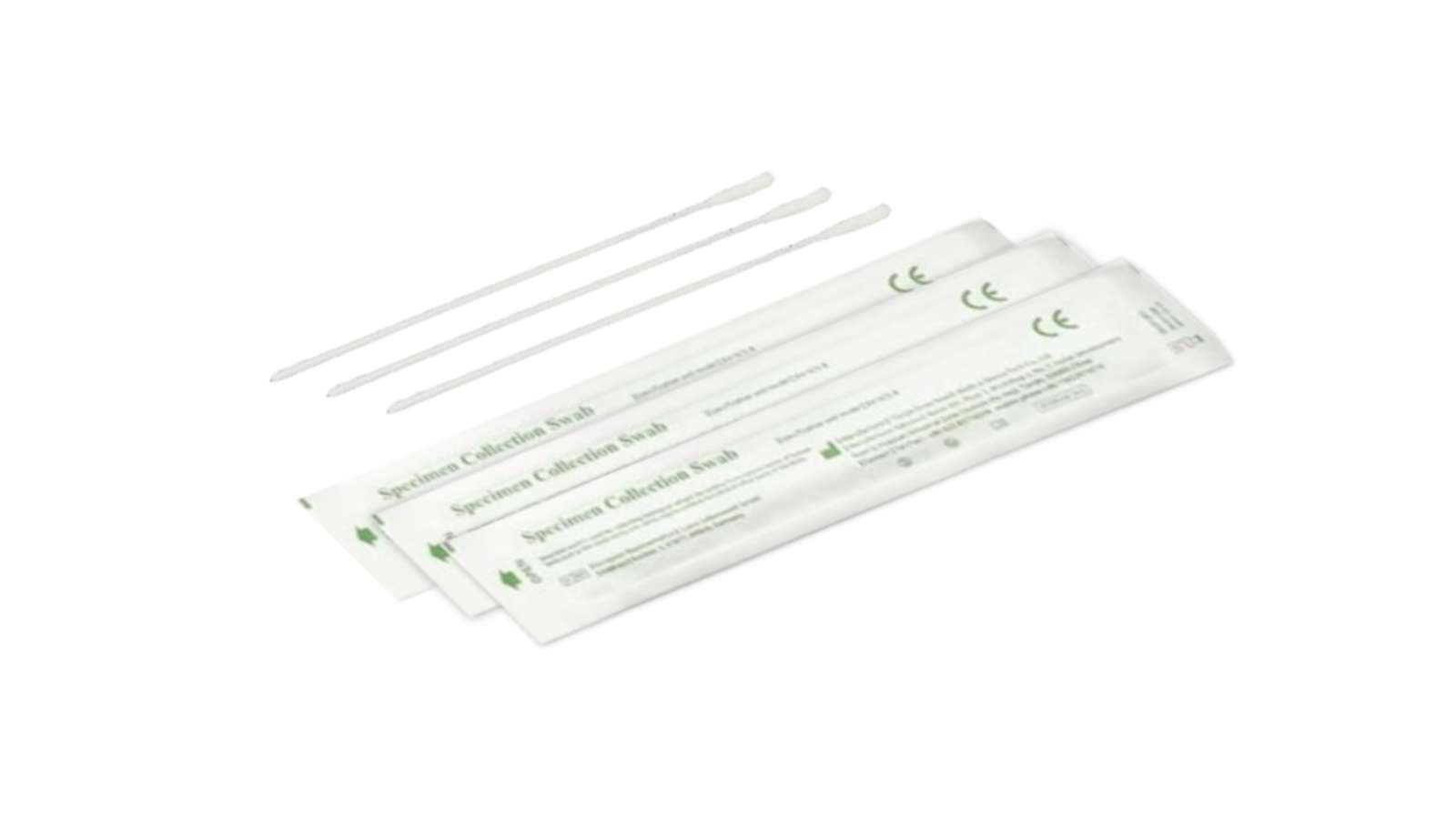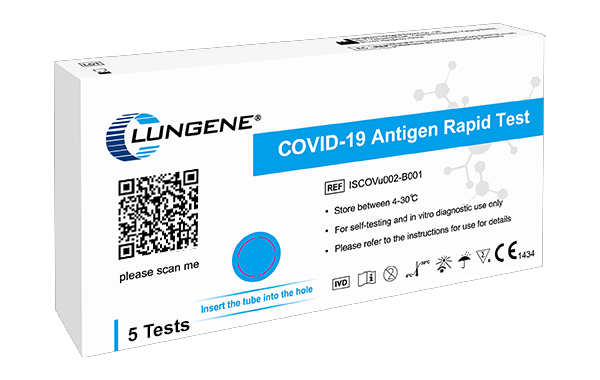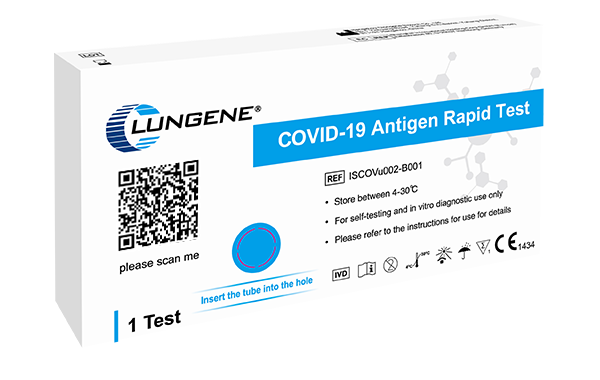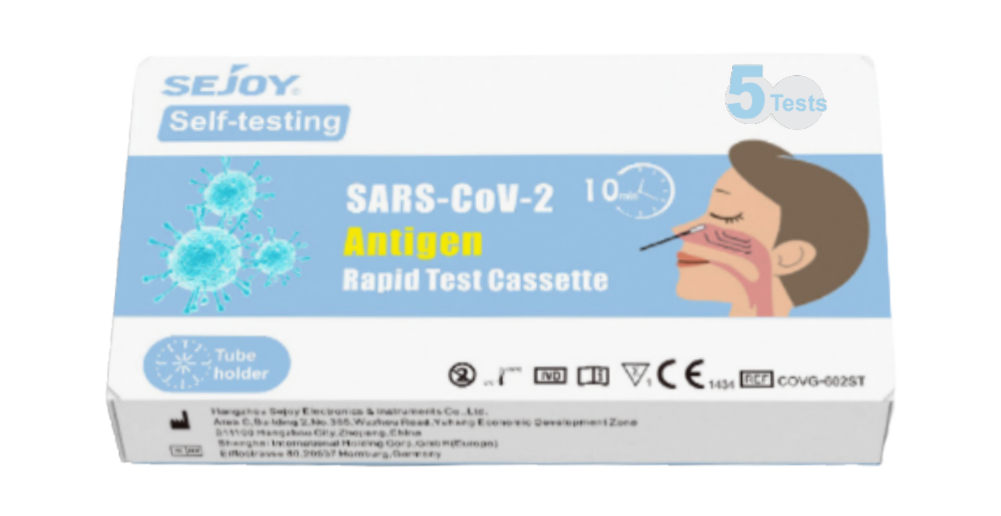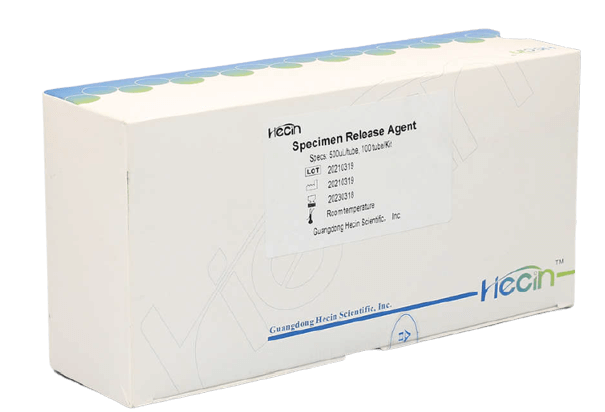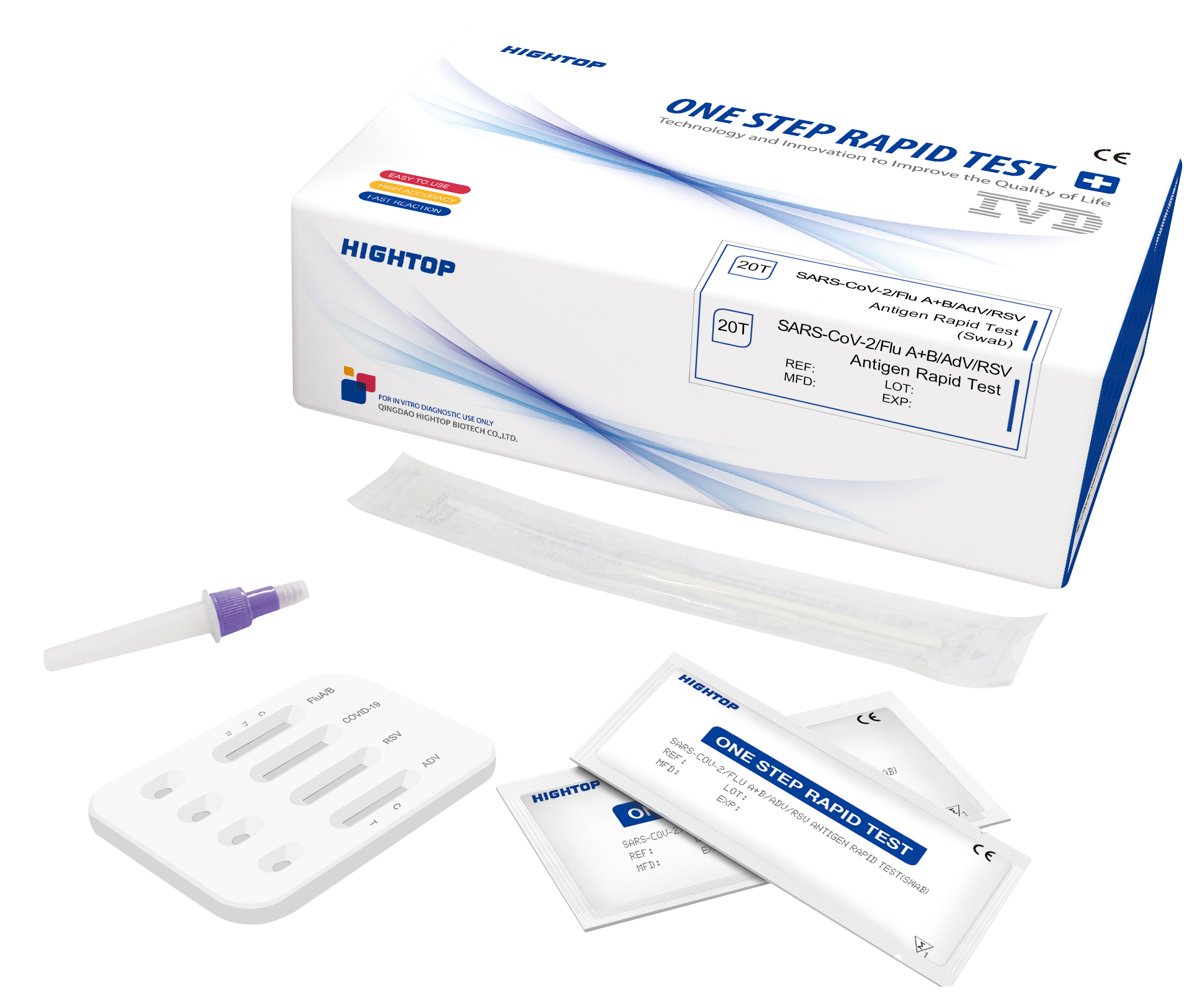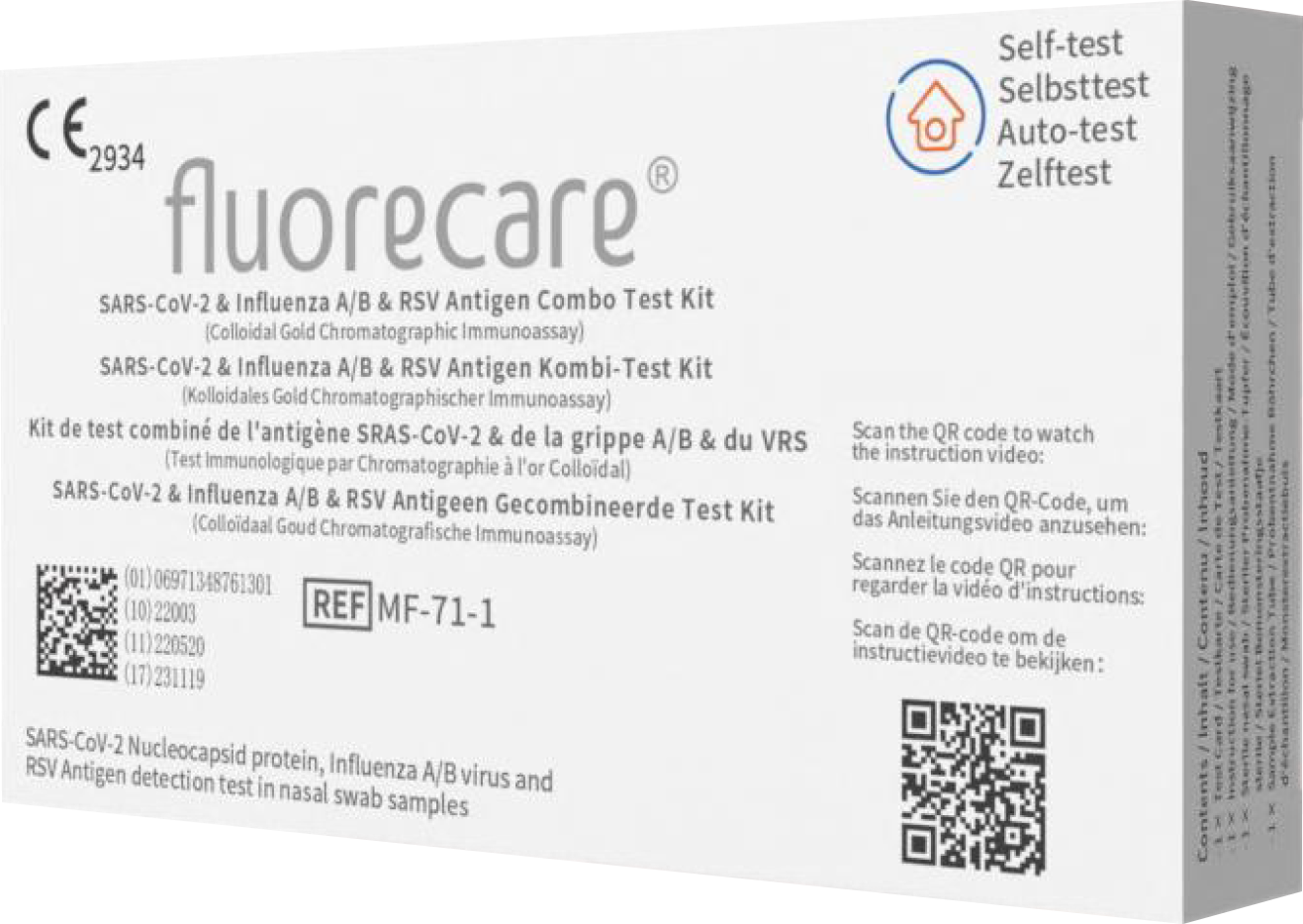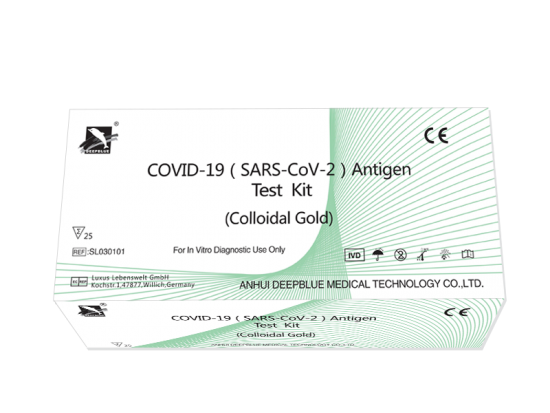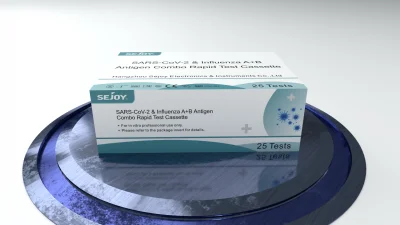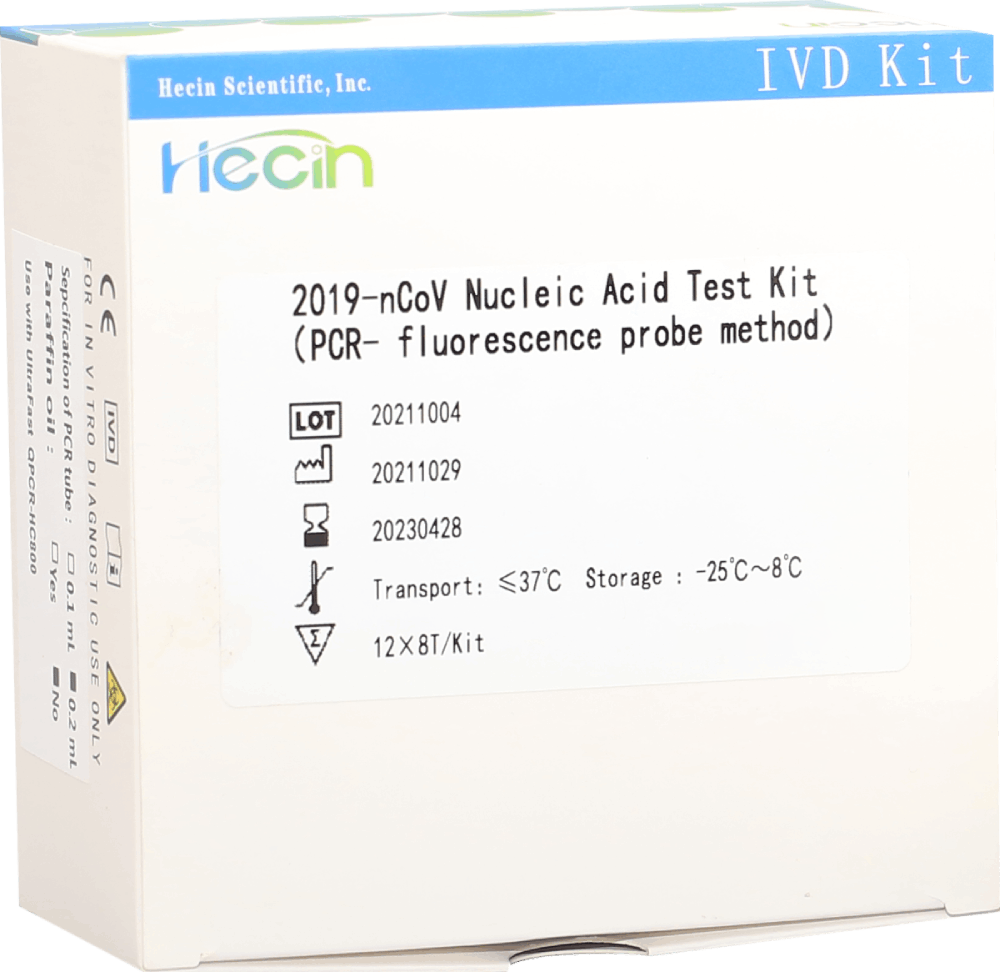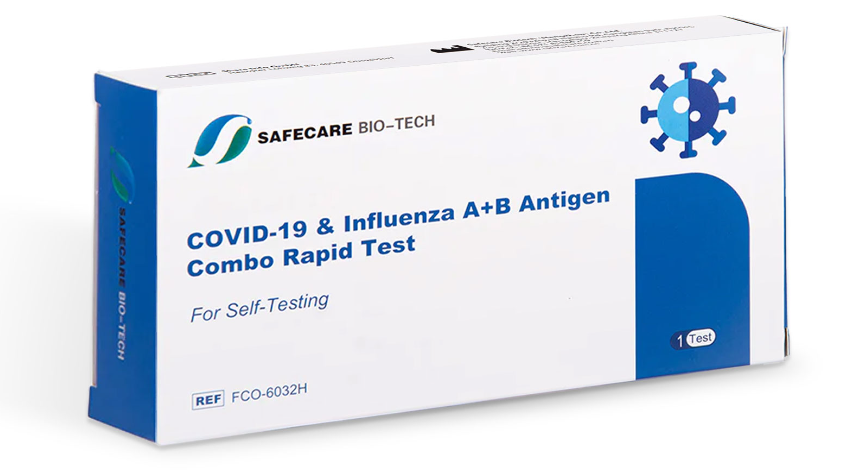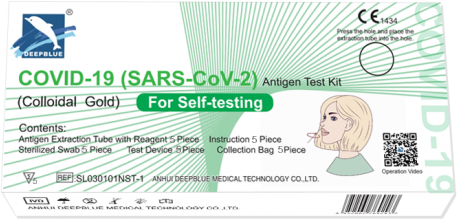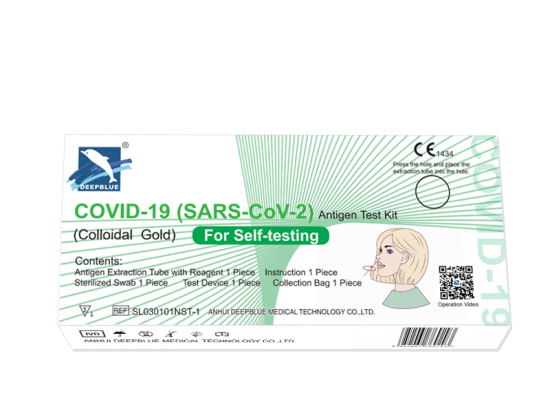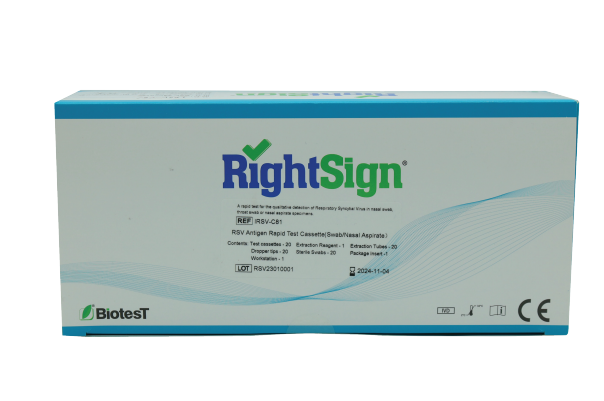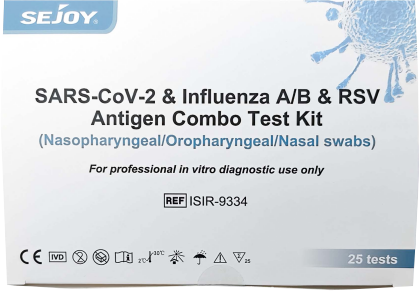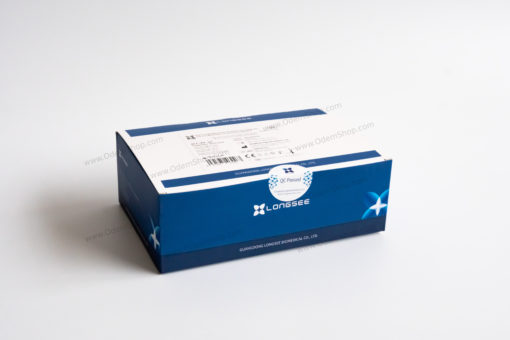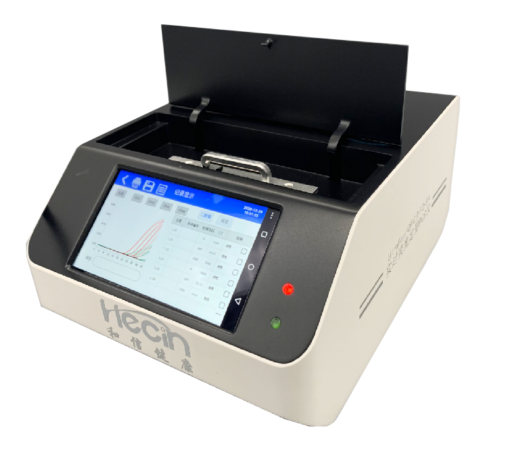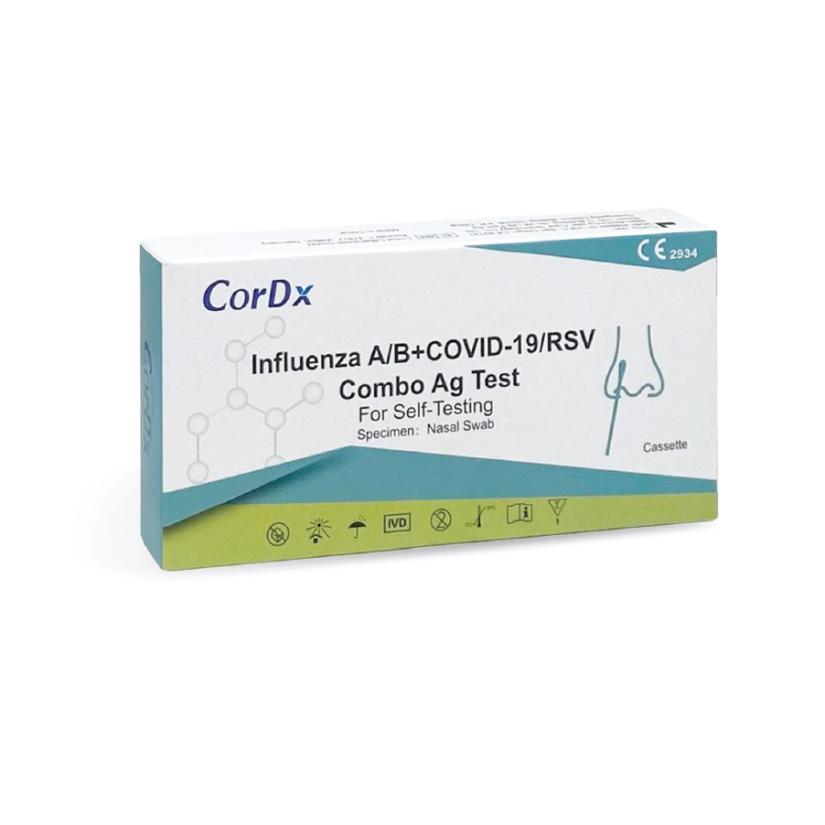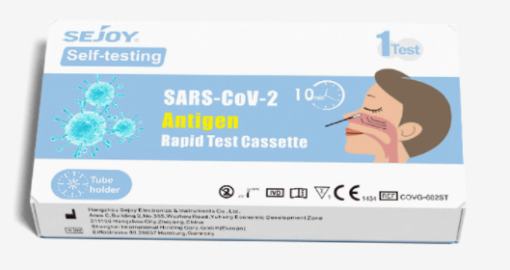Buy Nasal and Throat Swab Kits
Our selection of swab kits at OdemShop provides safe and efficient methods for conducting nasal and throat swabs. These are an essential step in many diagnostic tests.
Nasal Swab and Throat Swab - A Detailed Overview
Nasal swab and pharyngeal swab are important parts of diagnostics and can help us to detect infections of the diseased person.
In this article, we will deal with the topic of nasal swab and throat swab, looking at the different types of swabs and their applications.
What is a nasal swab?
A nasal swab is an extremely useful way to diagnose infections. In Germany, more than 5 million people take swabs every year to detect streptococci or other bacteria in the body.
A nasal swab consists of taking a small sample from the front of the patient's nose and is often done with a cotton swab. There are many different reasons why it may be necessary to take such a swab - from mundane cold symptoms to more serious illnesses.
This test can help get the right treatment started more quickly for the affected patient. To determine whether the test was successful or not, it is necessary to analyze and evaluate it; we will now look at how this is done.
How is a nasal swab performed?
Now that we understand what a nasal swab is, we will learn how to do it correctly.
The nasal swab should be taken in both nostrils and carefully wipe the inner surface of the nose. It is very important to do the swab thoroughly so as not to falsify possible results. This includes avoiding bleeding or pain to the patient.
Lastly, the doctor must have appropriate materials ready and follow the necessary regulations to get a good swab in the nasal passage. Once this is done, any fluid can be aspirated out and collected for testing.
Why are nasal swabs taken?
It is said that prevention is better than cure. Therefore, nasal swabs are often used for early diagnosis of bacterial infections and other medical conditions.
They can be administered using rapid tests by medical personnel or in the form of a combined swab. The results of this swab help medical personnel treat the patient more effectively and accurately. Thus, nasal swabs play a significant role in detecting infectious diseases in the bud and being able to treat them appropriately. Based on these facts, it is worthwhile for many people with health conditions to have the swab taken regularly by medical personnel.
When should a nasal swab be taken?
A nasal swab should be taken when qualitative evidence of viruses or bacteria in the front of the nose is needed. There are several reasons for performing such a swab:
- The test can be used to diagnose and treat various infections.
- It can also help determine the presence of certain diseases.
- A nasal swab can also serve as part of general health care.
However, the process of swabbing can be uncomfortable. Therefore, it is important to ensure that all hygiene measures are followed and that the swab is taken in a clean environment. This can ensure that the results remain accurate and reliable.
What to look for when taking nasal swabs?
When taking nasal swabs, one should be aware that it is necessary to create a sterile environment. One must make sure that all utensils are sterilized and instruments are disinfected. It is also important to have the swab examined in a laboratory with the proper equipment.
In addition, one should wear special protective gloves and observe hand disinfection before and after the procedure. Therefore, it can be said that it is important to take utmost care when collecting nasopharyngeal specimens. This can prevent contamination as well as ensure results of accurate diagnostic tests.
What is a throat swab?
A throat swab is an important form of diagnosis that examines the surface of the throat. It can be used to diagnose and monitor various types of diseases. The swab takes only a few minutes and usually does not require local anesthesia or numbing, but it may cause some discomfort.
| Advantages | Disadvantages |
|---|---|
| Fast | May cause slight discomfort |
| Easy | Requires human ability and training |
| Informative | Preferred tests for certain diseases |
The throat swab can also be performed as a screening test, especially for patients with particular risk factors for certain infectious diseases. Collecting tissue samples from the mouth or nasopharynx helps medical experts develop the right treatment plans and recommend the appropriate therapy.
In summary, throat swabs are a quick and effective diagnostic procedure that can help predict serious complications and get early treatment. With this knowledge in mind, one now prepares to perform a throat swab.
How is a throat swab performed?
A throat swab is a quick and painless procedure. The doctor will ask the patient to lay their head back to get a better view of the throat. Then, a sterile swab is gently inserted into the back of the nose and gently rotated to collect cells for laboratory testing. Thus, the swab from the back of the throat has been successfully performed.
The swab is then removed and sent as a specimen to laboratory analysts. Doctors usually do these tests based on symptoms such as sore throat or fever, but sometimes they do routine tests to diagnose and treat infections early.
It is important that the throat swab is done correctly by medical professionals because the swab can be uncomfortable and it is difficult to take samples as a lay person.
Why are throat swabs taken?
A throat swab is one of the most effective tools. It helps the doctor find out if you have a bacterial or viral infection - even before symptoms appear.
The test not only establishes the immediate findings, but also allows the doctor to prescribe the right treatment. Although this test is minimally invasive, its results give doctors the ability to respond early, protecting us from potentially serious health risks.
In other words, throat swabs help us as individuals and our medical community alike. Therefore, it is always worthwhile to get a swab!
When should a throat swab be taken?
A throat swab is often recommended when you have symptoms of an infection. It is one of the best ways to determine the cause of symptoms and establish the appropriate treatment protocol. You should also look for contact with someone who may be contagious - for example, if you have been in the hospital recently or have been exposed to several people. This can help identify potential signs of infectious disease early on. With this knowledge, one can act accordingly and avoid more unpleasant consequences.
In addition, it can help to better predict the course of the natural healing process. Next, let's look at what to look for when taking a throat swab.
What do you need to look out for when taking throat swabs?
It may seem difficult to perform throat swabs. However, with the right preparation and equipment, it's not that complicated:
- Make sure you have the necessary swabbing utensils ready (for example, swabs, sterile water).
- Make sure that you follow all the necessary steps of the swabbing procedure (for example, disinfection of the work surfaces).
- Use sterile gloves for the procedure.
- Follow other safety measures as well, such as mandatory masks or contact information.
These individual points will help you provide the best possible care for your patients while avoiding mistakes. With this, you are optimally equipped to be informed about the prevention of false results in throat swabs and to apply this knowledge.
Because at the end of the day, it's always about one thing: helping people - and that's where every little step plays a big role! With the knowledge about possible sources of error in swabbing, you will now learn how to avoid such errors and thus work preventively.
How to avoid mistakes that lead to wrong results?
It is important to follow the doctor's instructions exactly. This means that you should pay careful attention to the way the swab is taken. Make sure that all steps are done correctly and there is no contamination, as this can lead to false results and a positive test result as well as a negative test result cannot be 100% guaranteed.
By avoiding errors, one greatly increases the accuracy of the diagnostic results. With the right precautions, an error-free test can be guaranteed.
This now opens up the next question: what is a nasopharyngeal swab?
What is a nasopharyngeal swab?
It is important that specimens are collected correctly and handled with care. Therefore, all steps of processing must be followed very carefully to obtain a reliable test result.
But what is a nasophyrenal swab? It is a type of swab test that comes from the patient's nasopharynx (throat area behind the nose). The swab usually consists of cells and secretions collected using a cotton swab or cotton ball on the end of a spatula. This test can be used to diagnose respiratory infections and identify their cause.
With that, let's move on to the next topic: what is an oropharyngeal swab?
What is an oropharyngeal swab?
An oropharyngeal swab is an examination performed to identify bacteria and other microorganisms that may be present in the oral cavity or throat.
The swab consists of using a sterile cotton on the walls of the pharynx, with the goal of obtaining a sample for further testing. It can be used to diagnose infections such as tonsillitis, staph infection or angina. The process is painless and usually requires no more than 5 minutes. The findings can be interpreted immediately by the physician and help him or her decide on further treatment options. This procedure provides a quick way to get information about your health problems and start the right treatment.
Conclusion
In conclusion, nasal swabs and throat swabs play an important role in the diagnosis of various diseases. Although the test can be uncomfortable, most people are able to tolerate it without major discomfort.
Swabs can be performed if a bacterial infection is suspected or if there is close contact with an infected person. They can also be used to monitor infectious disease outbreaks. During the COVID-19 pandemic, nasal swabs and throat swabs became an important tool for diagnosing SARS-CoV-2 virus infections.
However, it is important to note that a swab can give a false-negative result, especially if it is performed too soon after infection or if the specimen is not collected correctly. It is also important to follow the health care provider's instructions to reduce the risk of false results.
Overall, nasal and throat swabs are important tests to diagnose upper respiratory tract infections and monitor infectious disease outbreaks. However, it is important to understand the limitations of the test and follow the health care professional's instructions to obtain accurate results.
Here you will find our main categories:
FAQ's
What is a nasal swab and how is it performed?
A nasal swab is a medical test in which a sample of secretion is taken from the nose. The swab is usually performed with a special swab that is carefully inserted into the nostril to collect a sample of mucus or fluid.
How is a throat swab performed?
A throat swab is similar to a nasal swab, but the swab stick is inserted into the back of the mouth and down the throat to collect a sample of mucus or fluid from the oropharynx.
What is the difference between a nasal swab and a throat swab?
A nasal swab takes a sample of secretions from the nose, while a throat swab takes a sample from the oropharynx at the back of the mouth.
What is a nasopharyngeal swab and how is it performed?
A nasopharyngeal swab is a test in which a sample of mucus or fluid is taken from the nasopharynx. The swab is gently inserted through the nostril to the back of the throat to collect a sample.
How is a nasopharyngeal swab different from a nasal or throat swab?
A nasopharyngeal swab takes a sample from the nasopharynx, while a nasal or pharyngeal swab takes a sample from the nose or oropharynx.
When is a nasopharyngeal swab used?
A nasopharyngeal swab is often used to diagnose respiratory diseases such as COVID-19 because it provides greater accuracy than other types of swabs.
How is an oropharyngeal swab performed?
An oropharyngeal swab is performed similarly to a throat swab by inserting the swab stick into the back of the mouth and throat to collect a sample of mucus or fluid from the oropharynx.
What is the difference between an oropharyngeal swab and a throat swab?
An oropharyngeal swab takes a sample from the mouth and throat, while a throat swab only takes a sample from the throat.
What are the possible risks of nasopharyngeal and oropharyngeal swabs?
Most people do not have any side effects from swabs. Occasionally, however, pain, discomfort, or bleeding may occur.
How quickly can I get results from a nasal or throat swab?
Swab results can vary depending on the test and the lab. It usually takes 1-3 days to get the results.
How often should I have a nasal or throat swab?
The frequency of swabs depends on several factors, including exposure to the virus and recommendations from health authorities. Generally, swabs are done when infection is suspected or when there is close contact with an infected person.
Kann ein Nasen- oder Rachenabstrich schmerzhaft sein?
Ein Abstrich kann unangenehm sein, aber es sollte keine starken Schmerzen verursachen. Es kann jedoch zu einem vorübergehenden Brennen, Kratzen oder Druckgefühl kommen.
Wie kann ich mich auf einen Nasenabstrich oder Rachenabstrich vorbereiten?
Es wird empfohlen, vor dem Test zu trinken, um den Rachen zu befeuchten und den Abstrich weniger unangenehm zu machen. Es ist auch wichtig, die Anweisungen des Gesundheitspersonals zu befolgen und gegebenenfalls Fragen zu stellen.
Kann ein falsch-negatives Ergebnis bei einem Nasenabstrich oder Rachenabstrich auftreten?
Ja, es ist möglich, dass ein Abstrich ein falsch-negatives Ergebnis liefert, insbesondere wenn er zu früh nach einer Infektion durchgeführt wird oder wenn die Probe nicht korrekt entnommen wird.
Kann ein Nasen- oder Rachenabstrich zur Vorbeugung von COVID-19 verwendet werden?
Ein Nasen- oder Rachenabstrich ist kein Präventionsmaßnahmen gegen COVID-19. Es wird jedoch empfohlen, Abstand zu halten, eine Maske zu tragen und regelmäßig die Hände zu waschen, um die Übertragung des Virus zu reduzieren.

